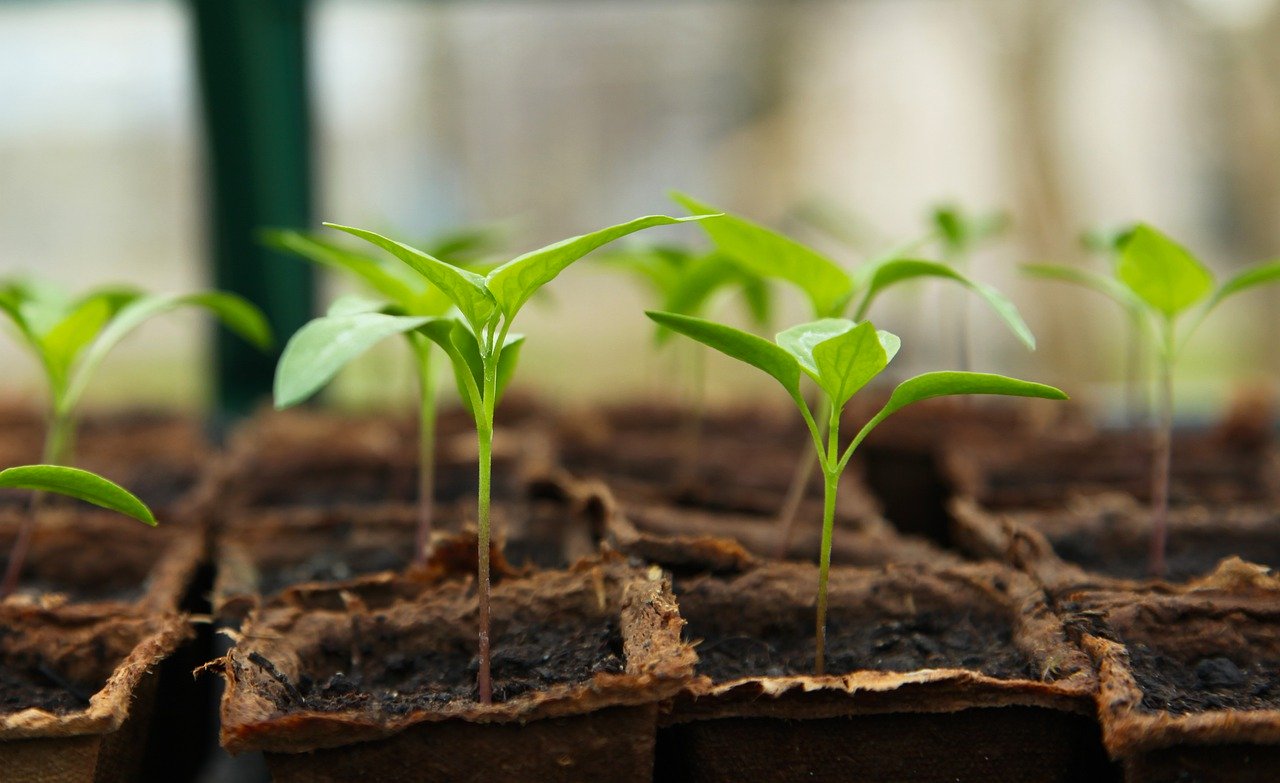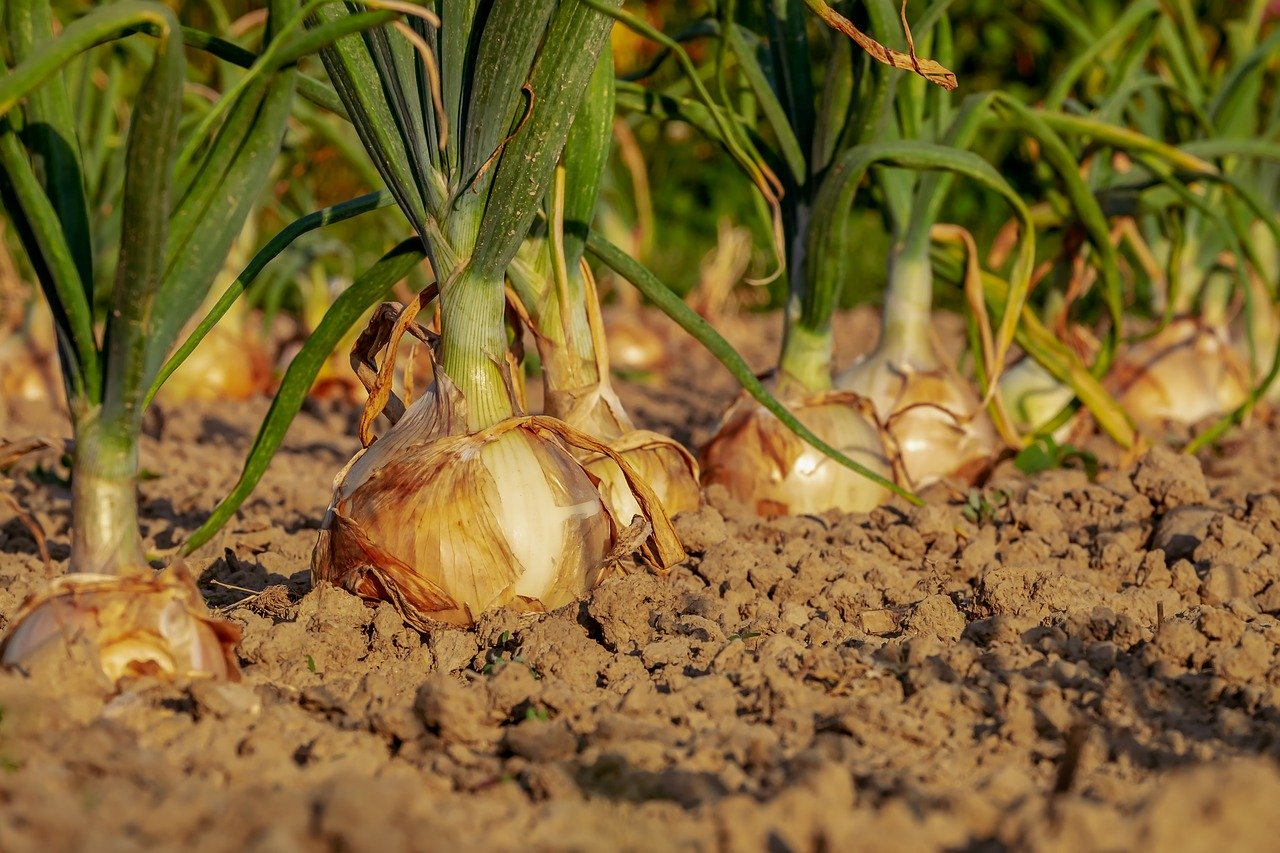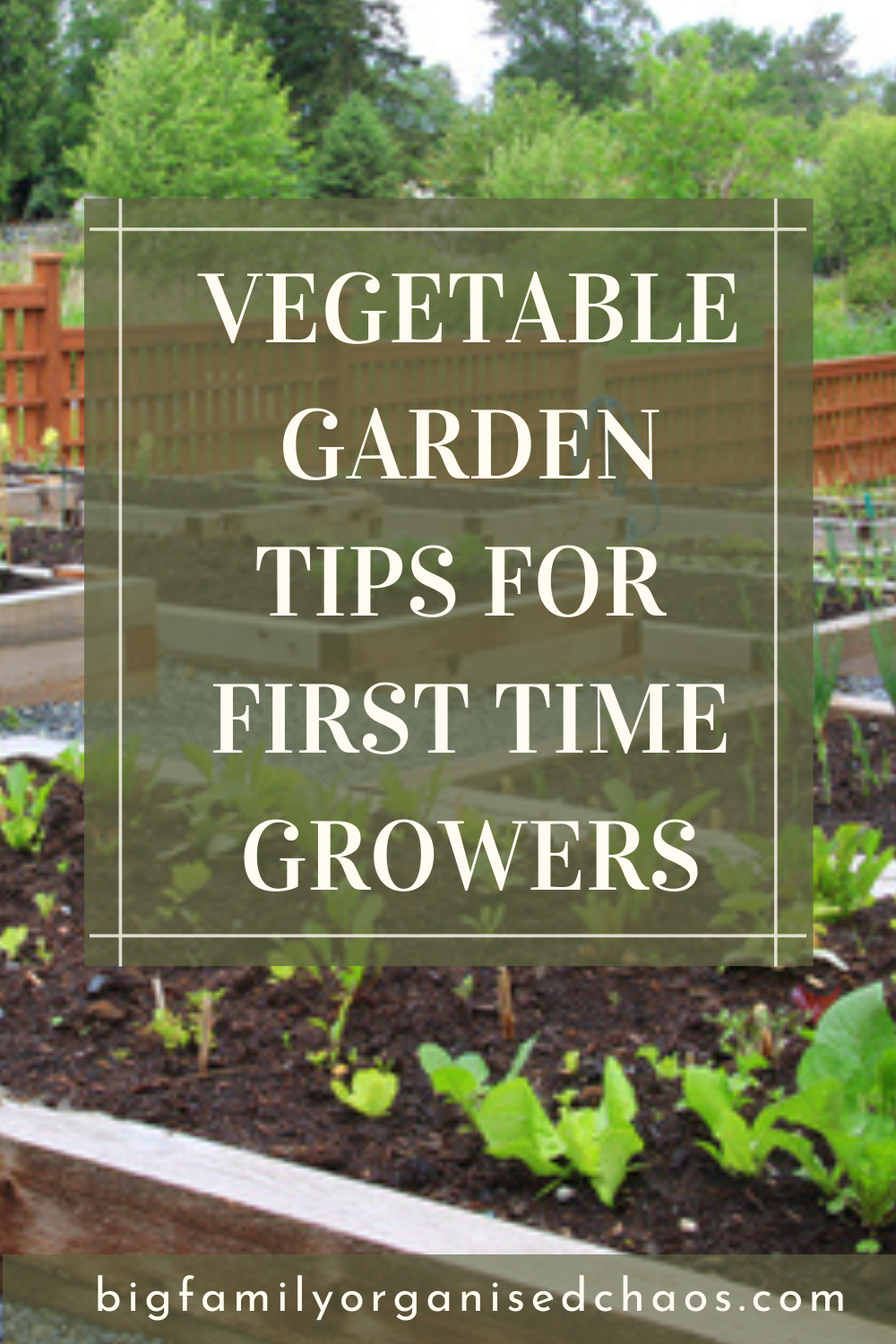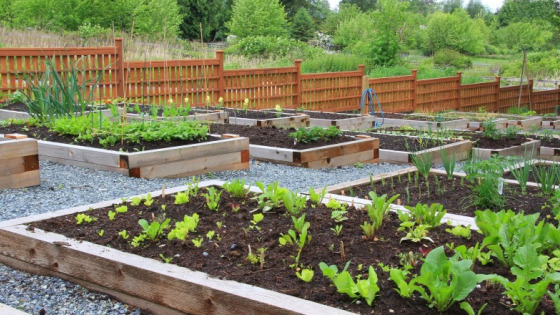Once you have decided to get into gardening and to grow your vegetables, things can seem a little daunting to say the least.
There are a few things that have to be considered; it is not a matter of just putting seeds in the ground and waiting. Vegetable plants do not grow that way.
Once you have read a little, you will find that starting a vegetable garden is not that difficult, and there was no reason for you to worry.
A few tips do come in handy when you are looking at how to start a vegetable garden from scratch. Here are a few that should put you in good stead and help you on your way.

Garden Area
This will dictate what you can do and what you cannot do. First, check how large or small your area is. It is advisable to start small yet if you only have a small space anyway, you may as well use all of it.
Weather patterns for your area need to be considered, where are the sunny parts and do any areas catch strong winds? Do you have areas that catch more water than others? All of this has to be considered.
Soil Preparations
Not wanting to sound technical, your soil should have a pH of 6.5 to 7, and unless you live in areas where the ground resembles clay, you should be close to these figures. A healthy soil will pay dividends and will help your vegetables grow much more robust and more significant.
This requires well-tilled soil that has plenty of organic matter mixed into the top four inches. An easy way to make sure your ground is ideal is by adding raised beds. Although there may be a cost for construction and filling them with high-quality earth, they do bring benefits and can make your gardening easier.
A good raised bed has also been shown to grow more produce than a flat vegetable garden.

Design
When designing and laying out your garden, you have to do this from the plant’s point of view. Vegetables that require lots of sun should be in the sunniest spots of your garden. All vegetables need a good 6-8 hours of sun per day, so your rows should run north to south to maximise this.
You then have to consider climbing plants and the placement of poles and trellises; these should be located on the back as not to shade other vegetables once they have started growing.
There are also many plants that grow similar. These can be grouped, so the growing conditions and the tending are all alike.

Vegetable Care
Once your vegetables are planted, they will need constant attention. Watering is the main thing and can vary quite a lot depending on the areas where you live.
A simple rule to follow rather than watering every day is, if the top inch of soil is dry, this is the time to water. A good tip is to water in the evening as the sun is setting, this way they get the most moisture and your plants will not scorch in the heat.
Another way to make sure your vegetables have enough water is to add a layer of mulch all around your vegetable plants.
This can help retain moisture and help to limit the number of weeds that can grow. Another benefit your vegetables receive from this mulch is the nutrients that will slowly seep into the soil. This is always a good thing, so a good supply of mulch or compost is worth having on hand.
When you start gardening, you will find there are many pests which are attracted to your vegetables, and if not tended to, they can cause havoc.
The most common way to deal with these are pesticides, yet we are growing healthy vegetables and hope the use of chemical pesticides can be limited or not used altogether.
There are individual plants you can introduce to your garden that attracts other non-harmful insects; these can feed off the pests and do help to minimize the damage these pests can cause. It is also possible to use many organic means of controlling pests, and your local garden center will be able to help you with these.
One final piece of advice is to check the vegetables that grow naturally in your region. If they are to your liking, you should focus on these as they will require less tending and care than varieties that are not native to where you live.
As an aside, these vegetable types are already accustomed to local weather conditions and are a little more durable when it comes to pests and diseases.
As you can see, it is not tricky in creating your vegetable garden, and if you have space, there is no reason not to roll your sleeves up and give it a go.
About the Author: Tim Graham writes for the YardandGardenGuru.com, sharing his 39 years of garden and yard care experience and passion with his readers. Tim is a big advocate for getting people outside into nature.
Website: http://yardandgardenguru.com/
Facebook: https://www.facebook.com/YardandGardenGuru/
Twitter: https://twitter.com/timgraham45
Pinterest: https://pinterest.com/yardandgardeng/
Instagram: https://www.instagram.com/yardandgardenguru/



Some great tips. We are hoping to add a little vegetable section in our garden next year